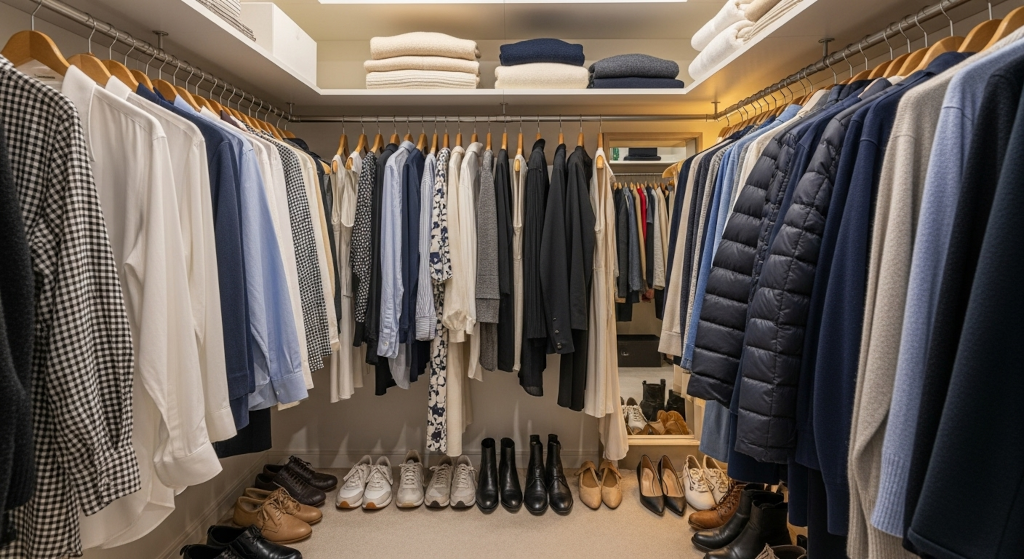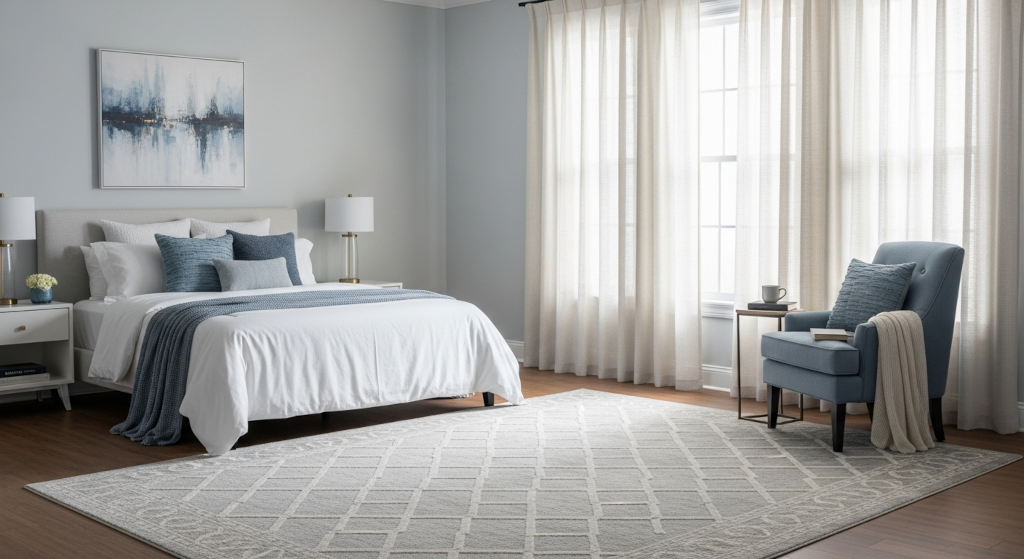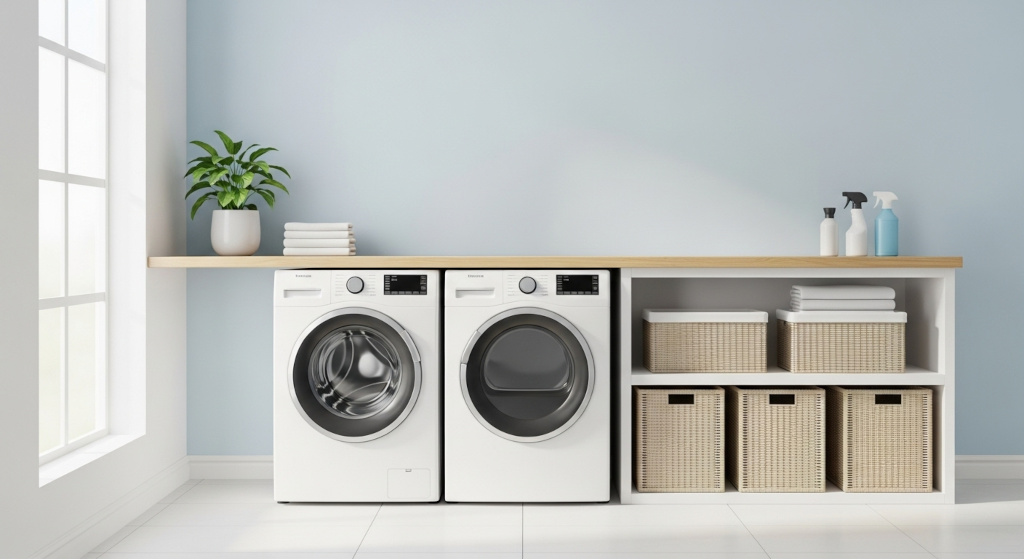A clean space should smell clean. But often, even after scrubbing, wiping, or vacuuming, a lingering odor still hangs in the air. You might have cleaned every visible surface, yet the space doesn’t feel truly fresh. That’s because cleaning and odor neutralization are not the same thing.
Understanding the difference between surface cleaning and odor removal is essential if you want your home, car, or workspace to smell as clean as it looks. Each process serves a different purpose, and when used together, they can restore freshness and comfort to your environment more effectively than either one alone.
What Surface Cleaning Really Does
Surface cleaning is all about removing dirt, dust, grease, and visible messes. This process focuses on the materials or particles you can see and touch. You sweep, mop, wipe down, or scrub a surface to eliminate grime and improve appearance. It is an essential part of basic hygiene and maintenance.
However, cleaning does not automatically mean deodorizing. Even when a surface looks clean, odors can still linger in the air or within porous materials. That’s because many smells are caused by particles too small to be picked up with a cloth or a vacuum.
For example, food spills on the counter may be wiped clean, but grease molecules can remain on the walls, and curtains, or even float into your HVAC system. Similarly, pet accidents or smoke may leave invisible odor residue that isn’t removed by regular cleaning products.
Odor Neutralization Goes Beyond Appearances
Odor neutralization targets what cleaning leaves behind. It focuses on eliminating the microscopic odor molecules that settle into fabric, furniture, air ducts, and soft surfaces. Instead of covering up the smell with perfume or relying on airflow alone, neutralizers break down odor at its source.

The best odor neutralizers use plant-based or enzyme-powered formulas to bond with and neutralize odor molecules. These sprays work on soft surfaces like rugs, couches, pet bedding, or car seats where smell can become embedded.
Unlike cleaning sprays, which may contain antibacterial or degreasing agents, neutralizers are often designed to be safe for repeated use on fabrics and in the air. They are ideal for treating musty basements, post-party kitchens, or anywhere that smells persist even after a deep clean.
Why Both Are Necessary for a Truly Fresh Space
Think of cleaning as step one and neutralization as step two. When used together, these two processes can transform a stale-smelling room into a space that feels clean, breathable, and welcoming.
Here’s how it works in practice:
- Step one: Clean up the mess. Vacuum pet hair, wipe down surfaces, mop floors, and scrub visible stains. This removes the debris that can cause odors to intensify over time.
- Step two: Neutralize the scent. Spray odor neutralizers onto rugs, fabrics, air vents, and corners that may hold onto smells. Allow it to dry naturally and reapply as needed for lasting freshness.
If you skip the second step, your home might look spotless but still carry the scent of food, pets, mildew, or old air. If you skip the first step, the neutralizer may help for a while but will be overwhelmed by ongoing buildup.
Surface Cleaners and Odor Neutralizers Work Differently
Most cleaning products are designed to lift and remove surface-level residue. They may include soaps, degreasers, disinfectants, or abrasives. These are great for bathrooms, kitchens, tile, and hard surfaces.
Odor neutralizers, on the other hand, do not rely on force or chemical burn-off. Instead, they interact with the odor particles themselves. Some formulas use enzymes to break down organic materials. Others use safe binding agents that trap odor molecules and render them inactive.
For soft surfaces like couch cushions or rugs, an odor-neutralizer is often more effective than a regular cleaner. This is especially true for smoke, pet accidents, or stale air, which can settle into the fabric rather than remain on top.
Common Cleaning Mistakes That Leave Odors Behind
Even well-intentioned cleaning efforts can leave unwanted smells if odor removal is not addressed directly. Here are a few examples:
- Overlooking soft surfaces: Fabric often holds the strongest odors, yet many people only clean hard surfaces.
- Using scented products: Fragranced cleaners may mask the odor temporarily but do not address the root cause.
- Ignoring airflow: Closed windows, full filters, or stagnant air can prevent odors from clearing even after cleaning.
- Skipping odor control after spills: Spills that are cleaned up visually still leave scent molecules behind.
By pairing cleaning with odor control, you avoid these pitfalls and help create a space that truly smells clean.
Freshness Isn’t Just Visual. It’s Chemical.
When it comes to indoor comfort, cleaning, and odor neutralization go hand in hand. You can’t rely on appearances alone. True freshness comes from addressing both what you can see and what you can smell.
By using the right tools for each step cleaners for dirt and grime, and neutralizers for lingering smells you can restore the kind of home environment that feels genuinely clean. Whether you're resetting after a party, dealing with pets, or just trying to refresh the air, knowing the difference helps you do it right.








